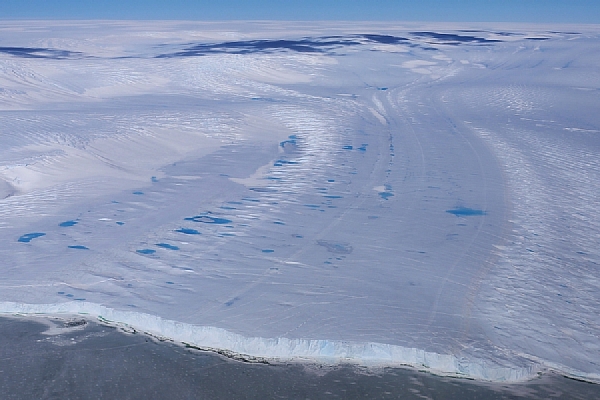
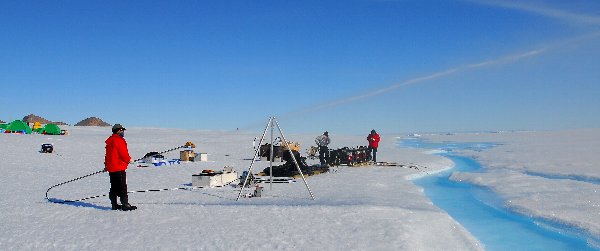
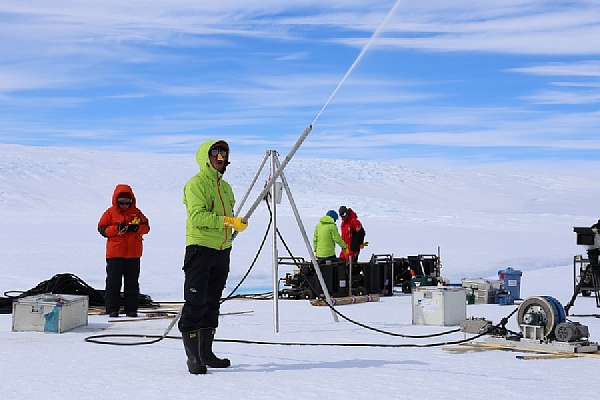
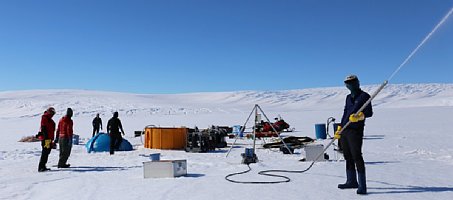
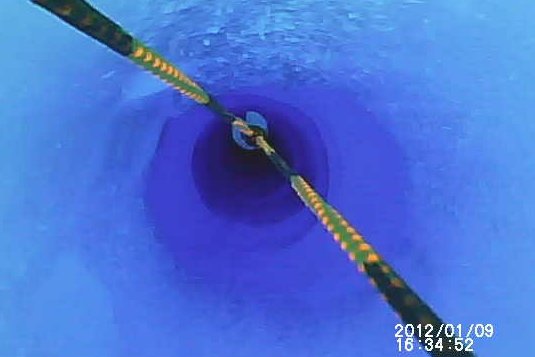
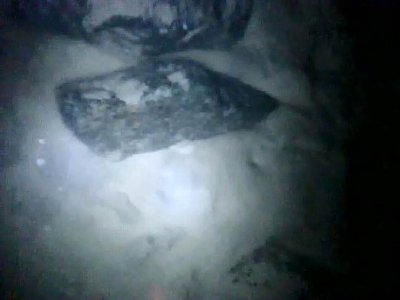

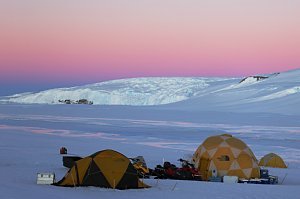
Hot water drilling campaign at Langhovde Glacier at 2011/12, 2017/18 and 2021/2022








Hot water drilling campaign at Langhovde Glacier at 2011/12, 2017/18 and 2021/2022
Ice discharge from fast flowing ice streams and glaciers play a key
role in the mass budget of Antarctic ice sheet. Recent observations
from satellites show speed up and thinning of such glaciers in West
Antarctica. Glaciers in the Antarctic Peninsula accelerated after the
disintegration of ice shelves, suggesting the reduction in the back
pressure from the shelf ice as the cause of the acceleration. Warming
ocean is suspected as the trigger of the ice shelf
disintegration. However, field measurements at the interface of the
ice sheet and the ocean is lacking so far. Most of the key processes
are acting beneath the ice, which makes the problem difficult to
understand by surface observations.
Langhovde Glacier
Publications
In 2011/12 austral summer season, we drilled through the floating
tongue of Langhovde Glacier, a fast flowing outlet glacier in East
Antarctica. Hot water drilling was performed at two locations near the
grouding line and two boreholes at each sites were excavated to the
bed. The boreholes told us that 400 and 430 m thick ice is underlain
by 25 and 10 m deep sea water at the two sites,
respectively. Temperature, salinity, and current sensors were inserted
into the boreholes to measure physical properties of subshelf sea
water. Borehole camera was inserted as well, and it captured
interesting subshelf environment, including life beneath the shelf
ice. Sensors were permanentoly installed in the boreholes for
monitoring water pressure and ice temperature. On the glacier, GPS
receivers are running continuously until the next season to measure
ice speed variations driven by the ocean tide. These observations will
be utilized to study the evolution of Langhovde Glacier under changing
climate and ocean conditions.
In 2017/18, we visted Langhovde Glacier again to drill more boreholes
on the floating ice. Drilling was performed at four locations,
covering an area from the grounding zone to the glacier
front. Measurements under the ice revealed seawater temperature and
salinity distributions over the entire range of the subshelf
cavity. Data indicates relatively warm ocean water enters into the
deeper region of the cavity, supplies heat for basal melting, and
upwells with meltwater along the base of the ice. We also carried out
seismic and GPS measurements on the glacier to investigate short-term
variations in the glacier dynamics. The data confirmed a strong
influence of ocean tide on the glacier flow speed. Our study indicates
a strong link between the glacier and the ocean, which provides a new
insight into recent change observed in the Antarctic ice sheet.
We returned to Langhovde in 2021/2022 for our third drilling
campaign. The goal of this season was to drill boreholes through
grounded ice, which was achieved by 550-m deep drilling completed at
about 1 km from the grounding line. By using three boreholes drilled
at this location, pressure sensors, accelerometer, seismometer and
thermistor chain were installed to study a link between subglacial
conditions and glacier dynamics. Data from these boreholes gave us
evidence of subglacial hydrology and its influence on glacier flow
speed. Additional drilling was performed at two more locations
downglacier to investigate the subglacial environment in the grounding
zone as well as the exact location of the grounding line. We will
learn more details of the glacier dynamics from measurements still in
progress in the boreholes and on the glacier
Hot water drilling
Project members
Meeting
Field campaign 2011/12
Field campaign 2017/18
Field campaign 2021/22
Drilling and borehole video movies
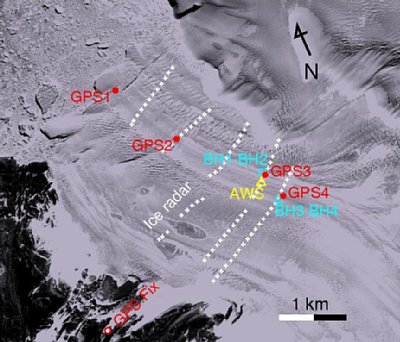
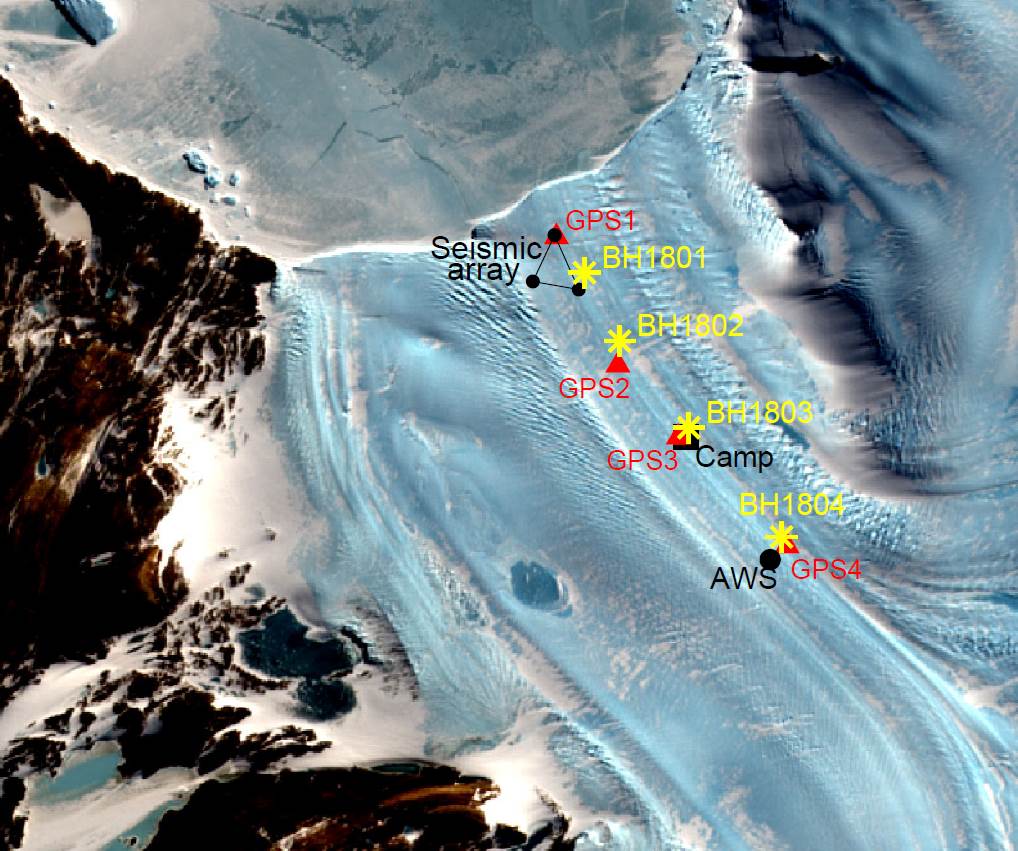
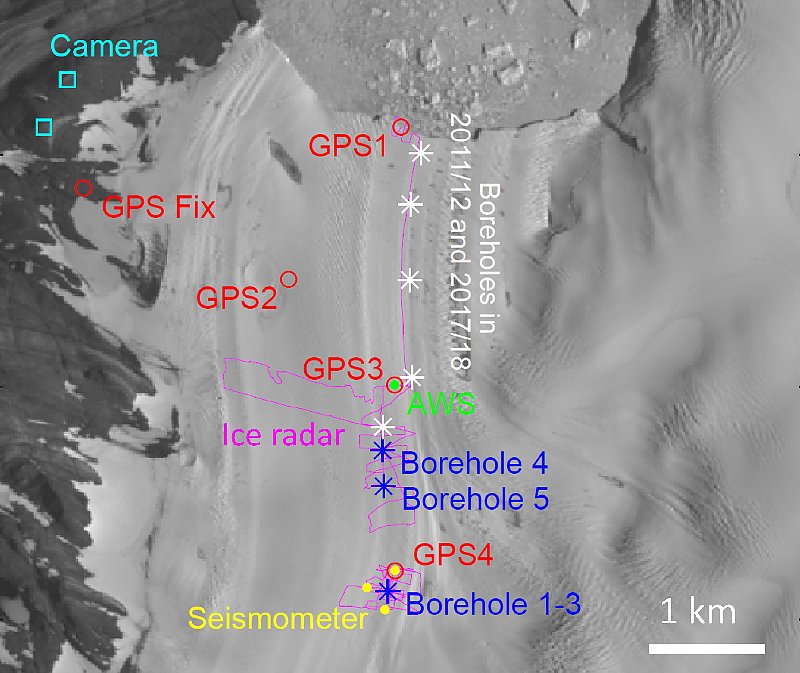
Drilling and measurement sites on Langhovde Glacier in the 2011/12, 2017/18 and 2021/22 seasons
- Kajita, H., K. Kondo, S. Sugiyama, Y. Nakamura, S. Kudoh, and
K. Umeda. 2025. DNA Metabarcoding Focusing on Eukaryote Communities on
Langhovde Glacier, East Antarctica. Environmental Microbiology
Reports, 17, 4: e70117,
https://doi.org/10.1111/1758-2229.70117
[open access]
- Kondo, K., S. Sugiyama, M. Minowa, E. A. Podolskiy. 2025,
Ploughmeter for subglacial observations with an accelerometer and a
water pressure sensor. Bulletin of Glaciological Research, 42,
113-121. doi:10.5331/bgr.24R04 [journal
site]
- Kondo, K. and S. Sugiyama. 2023. Calving, ice flow, and thickness of
outlet glaciers controlled by land-fast sea ice in Lützow-Holm
Bay, East Antarctica. Journal of Glaciology, 69(278),
1751-1763, doi:10.1017/jog.2023.59
[open access]
- Minowa, M., S. Sugiyama, M. Ito, S. Yamane, and
S. Aoki. 2021. Thermohaline structure and circulation beneath the
Langhovde Glacier ice shelf in East Antarctica. Nature
Communications, 12, 3929,
doi:10.1038/s41467-021-23534-w [open
access]
- Minowa, M., E. A. Podolskiy and
S. Sugiyama. 2019. Tide-modulated ice motion and seismicity of a floating glacier tongue in East Antarctica. Annals of Glaciology, 60(79), 57-67, doi:10.1017/aog.2019.25.
[open access]
- Sugiyama, S., T. Sawagaki, T. Fukuda and S. Aoki. 2014. Active water
exchange and life near the grounding line of an Antarctic outlet
glacier. Earth and Planetary Science Letters, 399C,
52-60. [Open
access]
- Fukuda, T., S. Sugiyama, T. Sawagaki and K. Nakamura. 2014. Recent
variations in the terminus position, ice velocity and surface
elevation of Langhovde Glacier, East Antarctica. Antarctic Science,
326(6), 636-645 (2014).
[Open access]